Our mission
for modern lifestyle at competitive prices.
What You Must Know About Batteries Before Buying An Electric Bicycle
1. Battery capacity – the key to your range
How far you can travel on a single charge depends on the battery’s capacity, measured in watt-hours (Wh). The higher the value, the greater the range. For instance, a 500Wh battery can provide between 60 and 100 kilometers, depending on factors like riding conditions, terrain, and the level of pedal assistance. By comparison, smaller 250Wh options offer approximately 40-60 kilometers.
Choosing the ideal capacity depends on your riding habits. Daily commuters or long-distance riders benefit from higher-capacity batteries, while city riders covering short distances may prefer a lighter option. For example, JOBOBIKE’s urban models balance range and portability to suit the fast pace of city life, ensuring efficiency without unnecessary weight.
2. Battery technology – what powers your ride?
E-bike batteries are built using a variety of technologies, but not all offer the same benefits. Here are the three most common types:
• Lithium-ion (Li-ion) - by far the most popular and widely used, Li-ion batteries are lightweight, durable, and offer excellent energy density. A well-maintained unit can last for 500-1,000 charge cycles, making it a staple in JOBOBIKE’s designs.
• Nickel-metal hydride (NiMH) - an older technology with decent longevity but higher weight, now largely replaced by Li-ion due to advancements in efficiency.
• Lead-acid batteries - bulky, heavy, and limited in lifespan, these are seldom used in modern electric bikes and are primarily found in outdated or budget models.
For riders looking for reliability, JOBOBIKE’s bikes exclusively feature Li-ion technology to ensure exceptional performance and longevity on every journey.
3. Charging time – getting back on the road
Charging your battery efficiently is as important as its range. A standard Li-ion battery, like the ones featured in JOBOBIKE models, typically takes 3-6 hours to fully recharge, depending on its size and the charger’s amperage. Smaller units may take as little as 2-3 hours.
For busy riders, fast-charging systems are a game-changer. Some batteries can reach 80% capacity in just over an hour, minimizing downtime and ensuring you’re ready for your next ride. To extend battery life, avoid leaving it connected to the charger for extended periods after it’s fully powered.
4. Battery lifespan – a smart investment
Battery lifespan is measured in charge cycles. A single cycle occurs when a battery is fully discharged and recharged. Modern Li-ion units offer impressive durability, lasting between 500 and 1,000 full cycles, or roughly 4-6 years of regular use.
To get the most out of your battery:
• Avoid fully discharging it; aim to keep the charge level between 20-80%.
• Store the battery in a dry, cool place, as extreme heat or cold can reduce its lifespan.
• Use the correct charger provided with the bike to prevent unnecessary wear.
For example, JOBOBIKE’s batteries are engineered to maintain up to 80% capacity after hundreds of cycles, allowing you to ride confidently for years.
5. Weight and design – placement matters
Battery placement influences both the look and performance of your electric bike. Modern e-bikes, including those from JOBOBIKE, use three primary mounting methods:
• Integrated into the frame - a sleek design that offers excellent balance and protects the battery from damage. Ideal for both city and off-road riders.
• Mounted on the downtube - a practical, easily accessible position that keeps the weight centered, improving stability.
• Mounted on the rear rack - common in urban or commuter bikes, though it may shift the center of gravity toward the back of the bike.
An integrated battery system, as seen in JOBOBIKE’s range, not only enhances aesthetics but also ensures optimal weight distribution for smooth and balanced rides.
6. Factors to consider before choosing your battery
Before purchasing an e-bike, take a moment to evaluate how and where you plan to ride. Key considerations include:
• Range - will you use your bike for short city commutes, or do you need extended mileage for long rides?
• Terrain - hilly landscapes require more power, which means a larger capacity battery will serve you better.
• Weight and design - If portability is a priority, look for lighter batteries and well-balanced designs.
JOBOBIKE’s versatile e-bike lineup makes it easy to find a model that fits your lifestyle, whether you’re navigating urban streets or exploring scenic trails.
The battery is more than just a component, it’s what fuels your freedom to explore. Understanding factors like capacity, charging time, lifespan, and design helps you make a choice that complements your riding style and expectations.
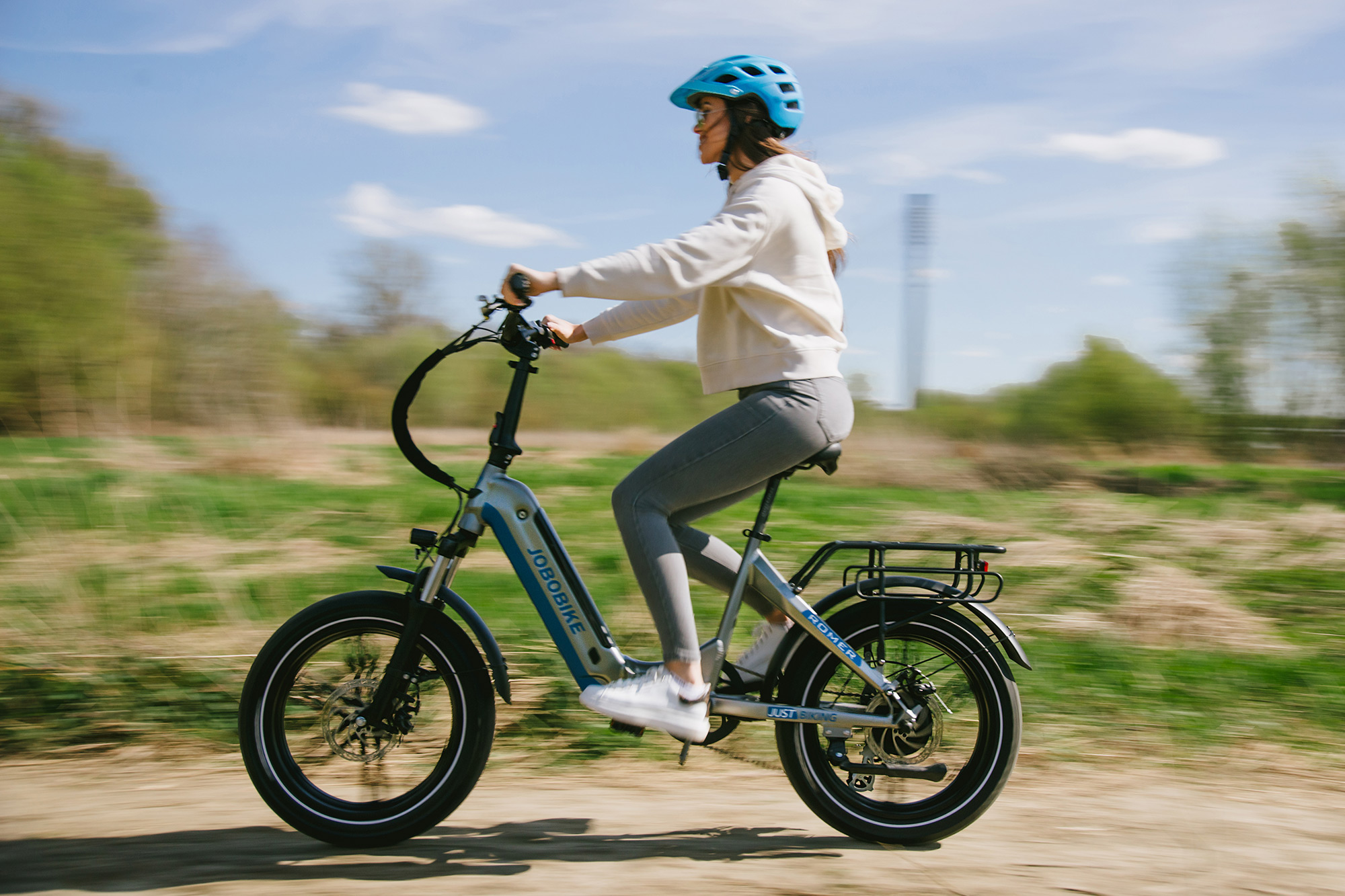
With JOBOBIKE’s commitment to cutting-edge lithium-ion technology, every e-bike is crafted to deliver reliable performance, impressive range, and a seamless riding experience. By choosing the right battery, you’re not just buying an electric bike – you’re investing in a smarter, smoother, and more enjoyable way to move through the world.





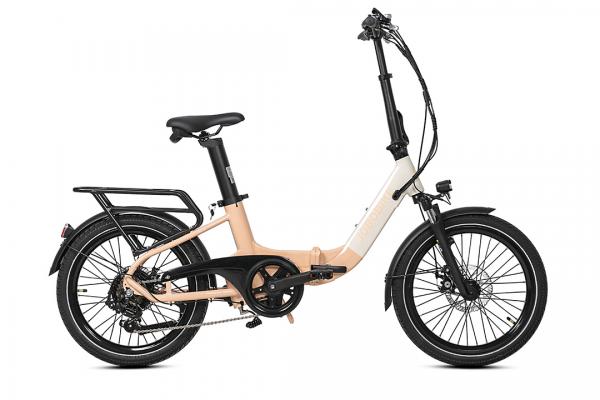
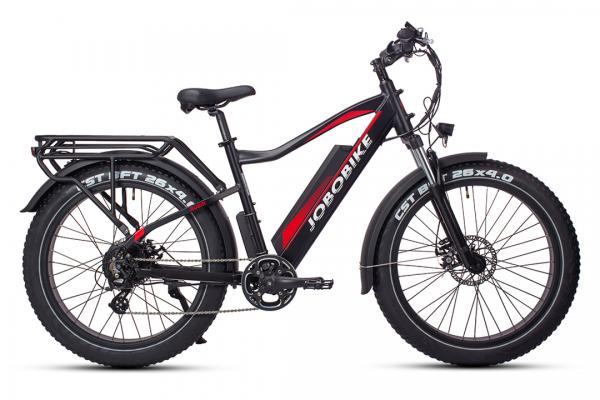
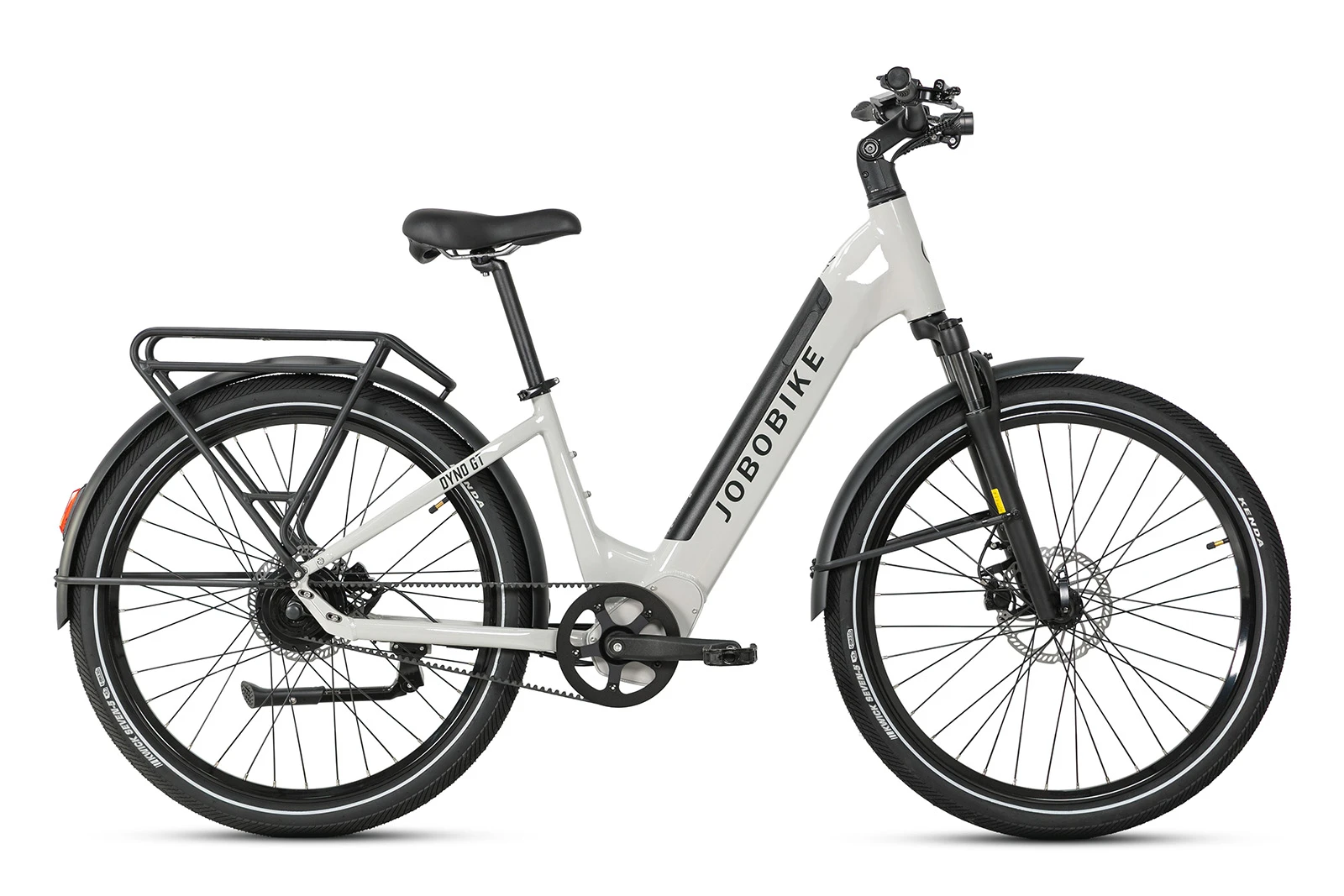
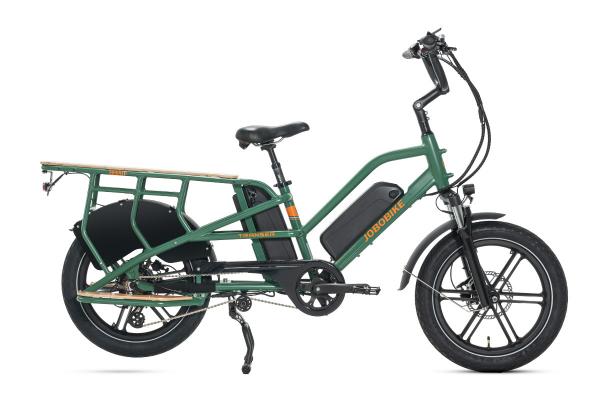
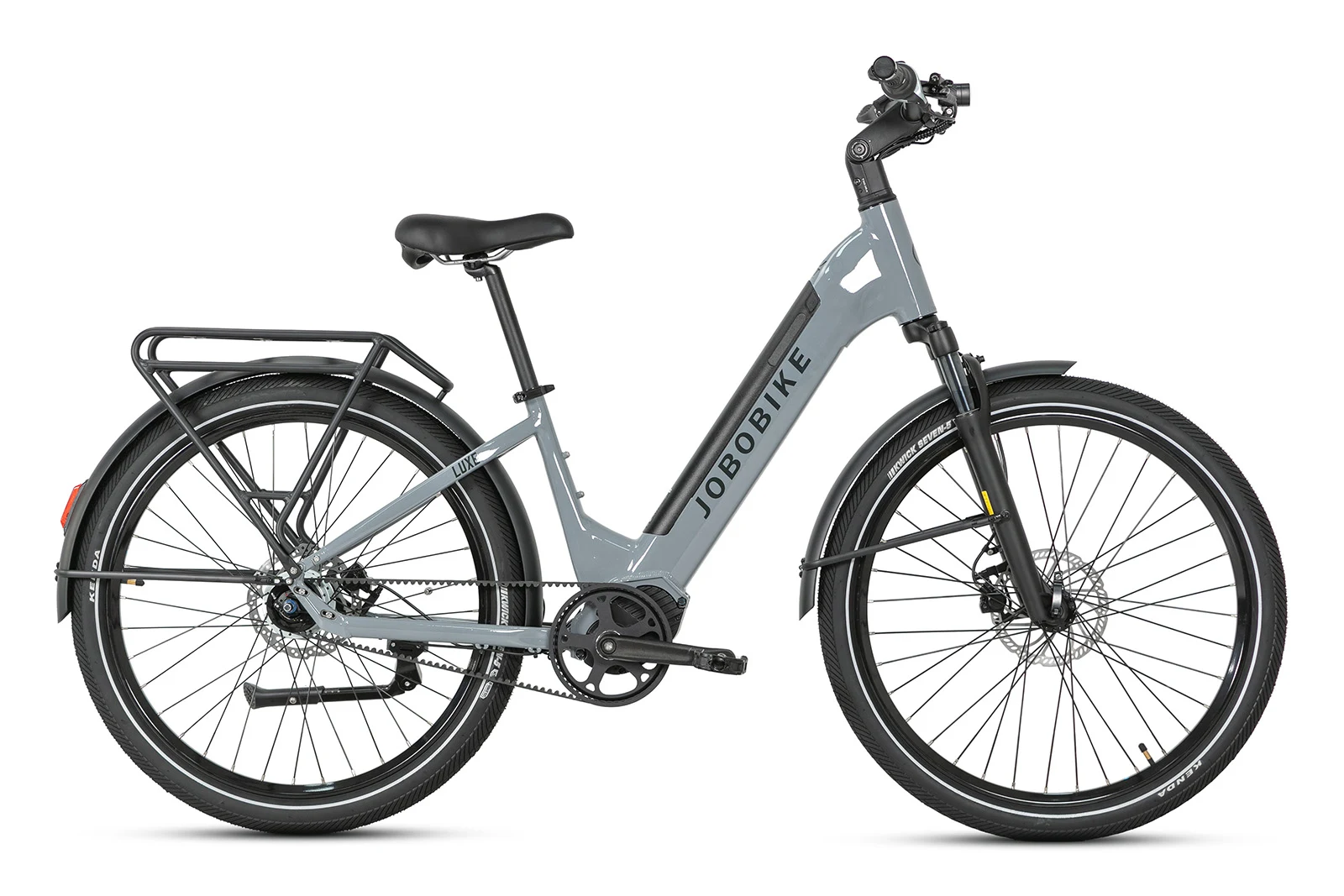
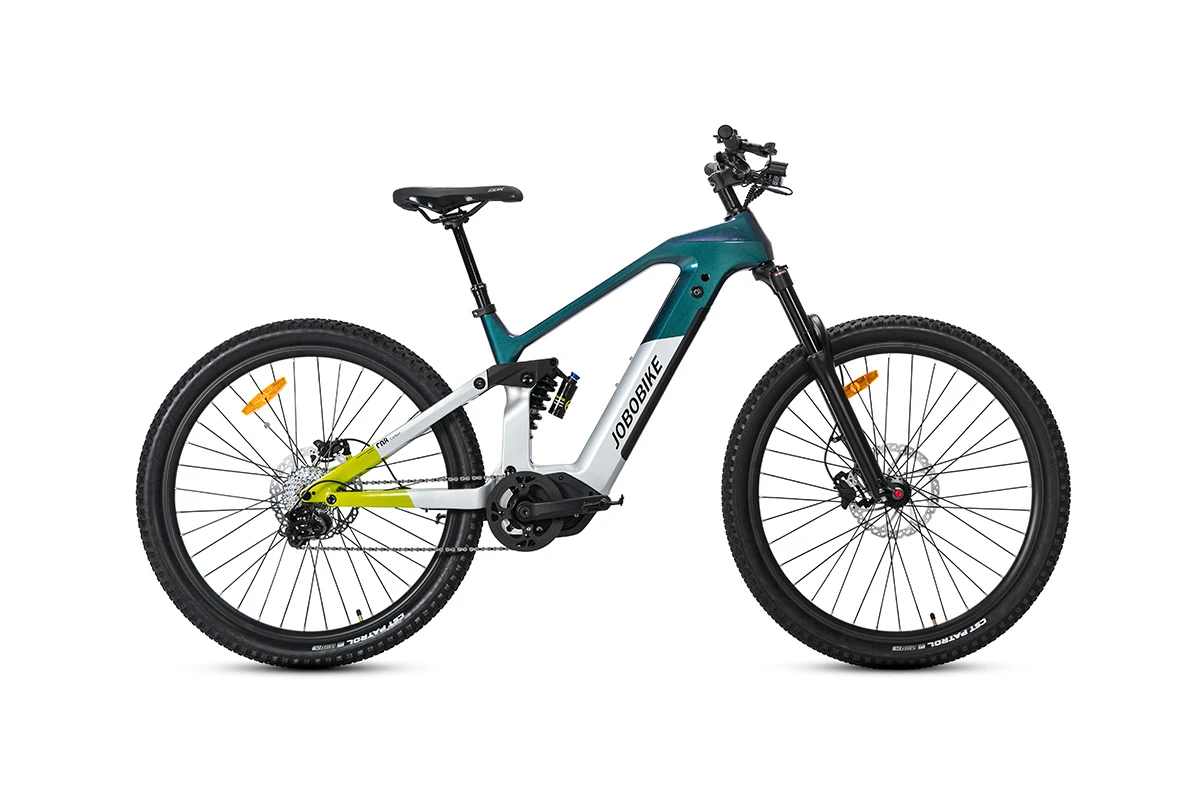
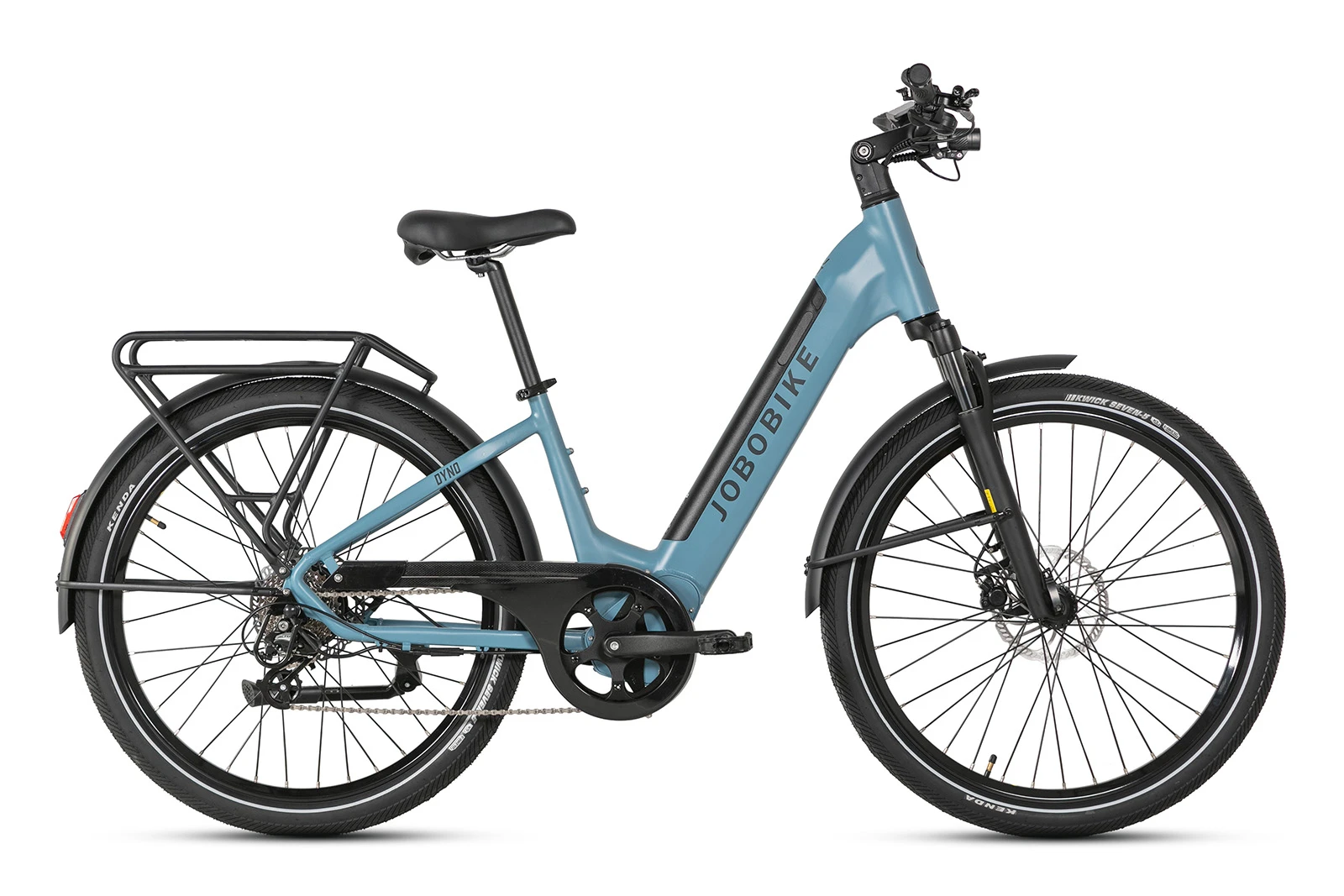
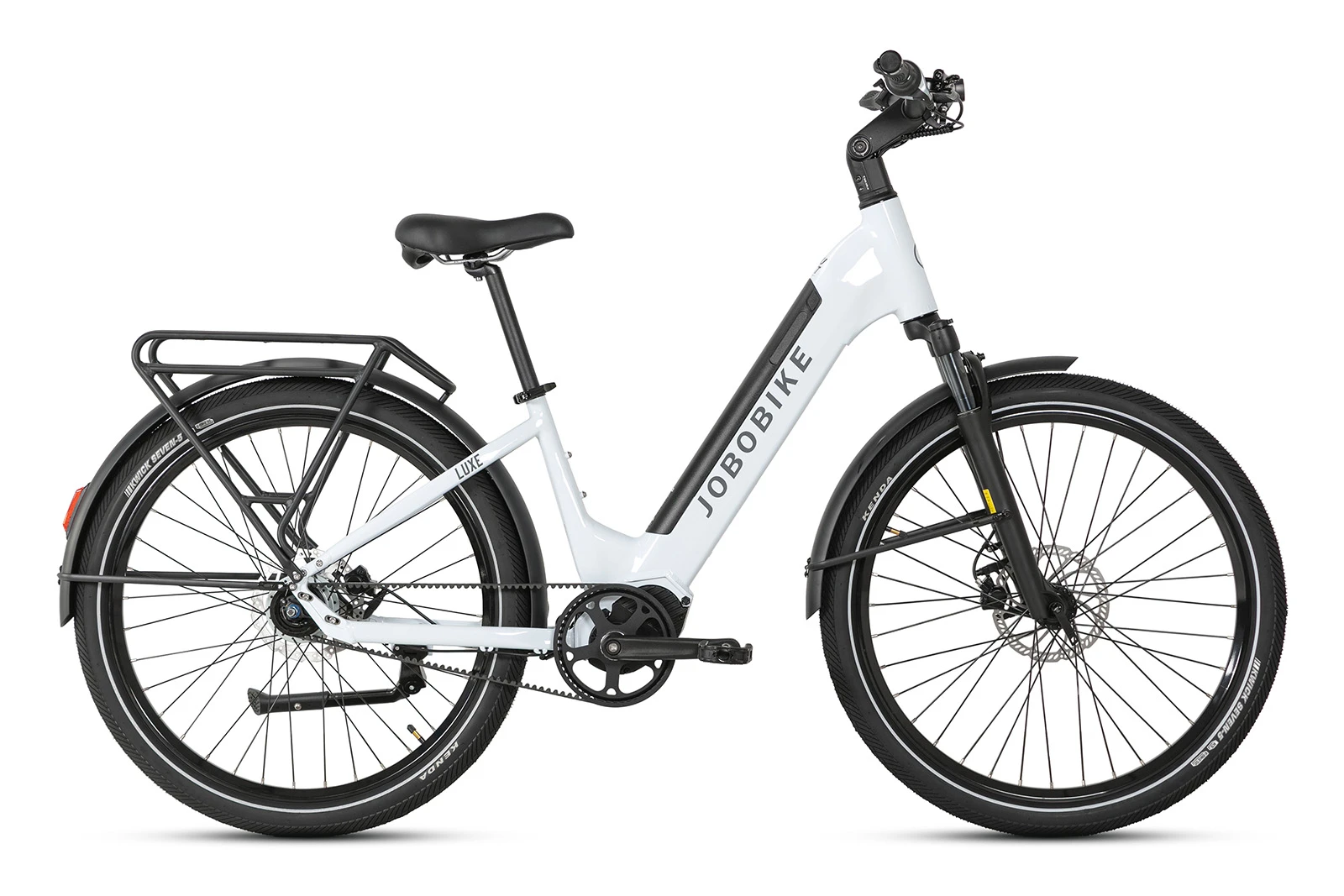
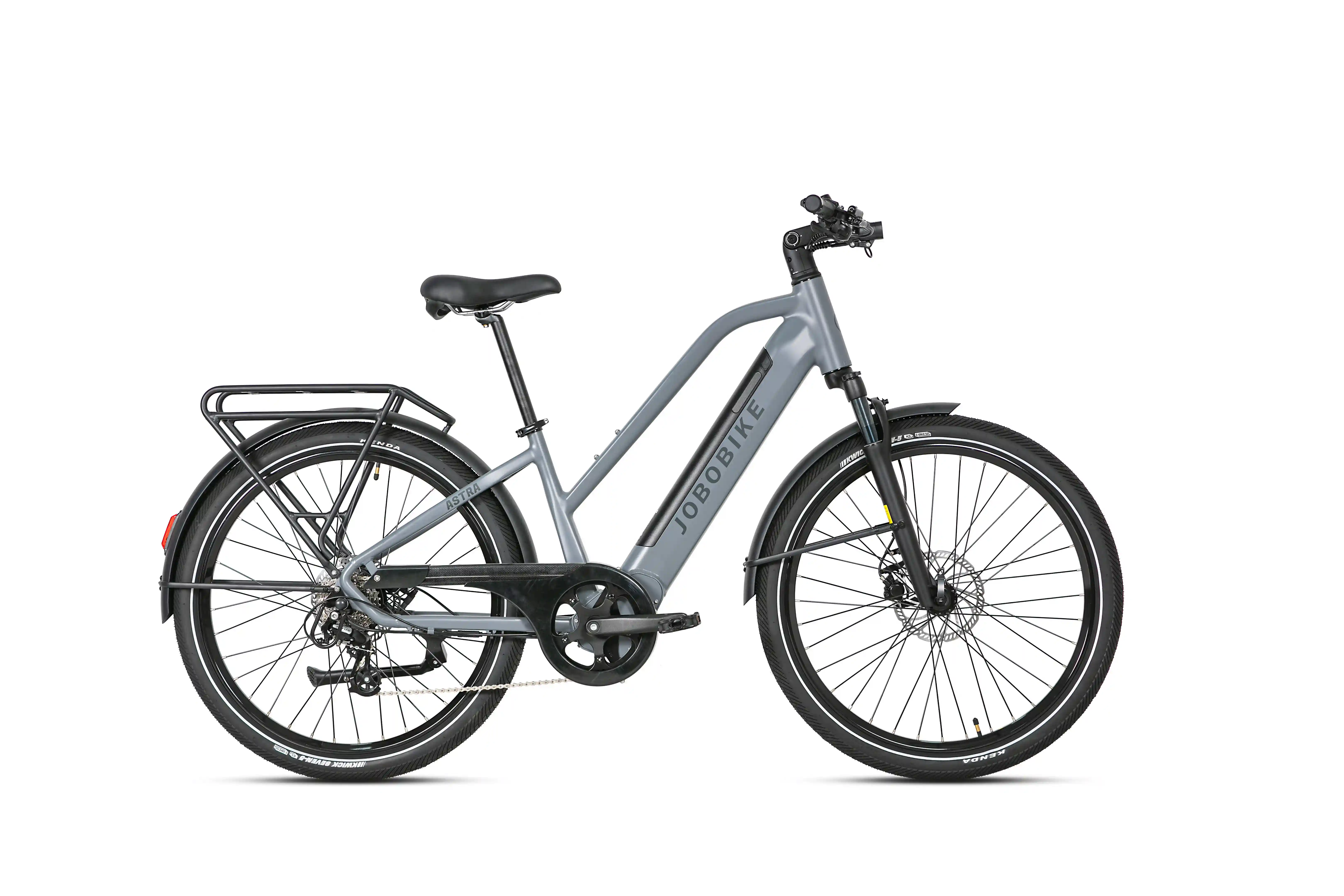
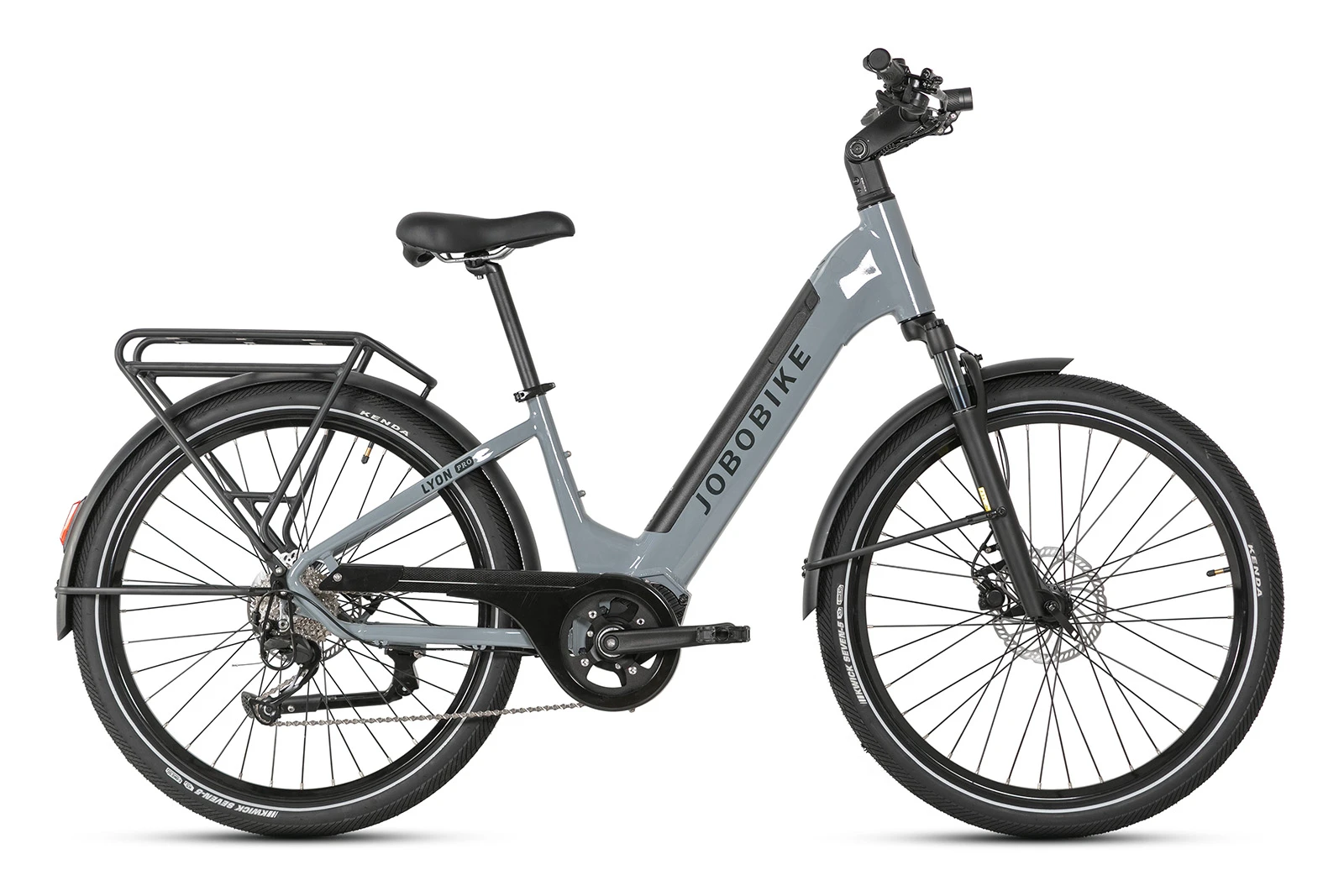
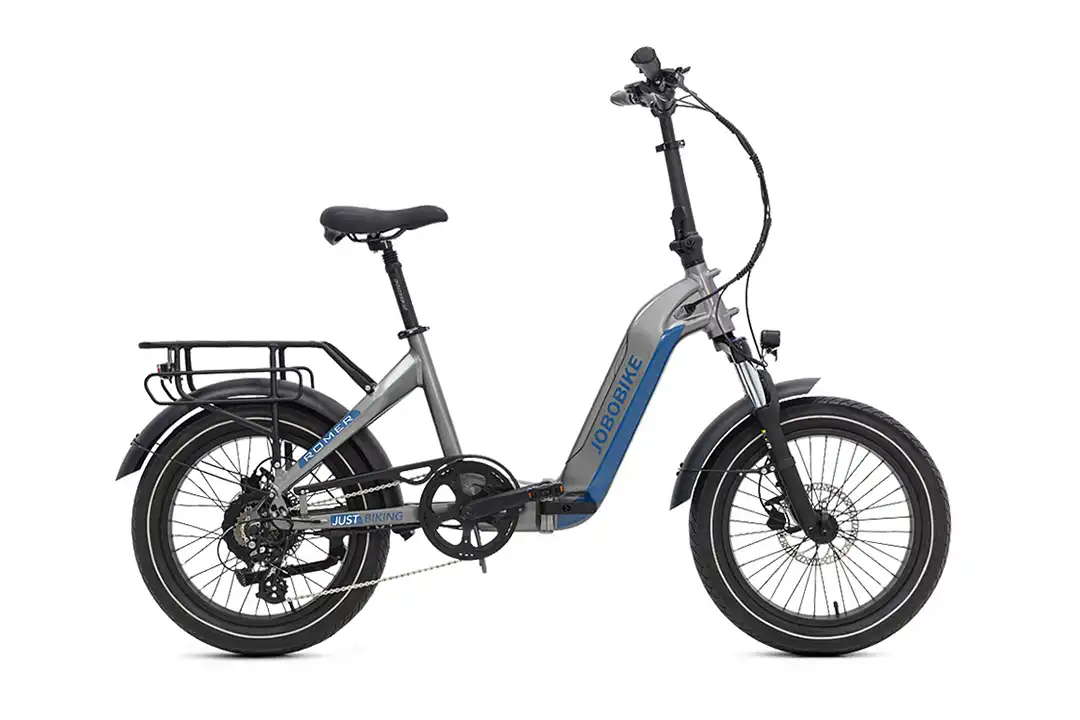
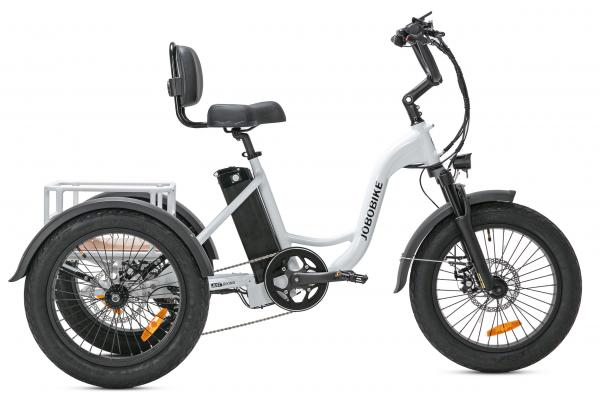
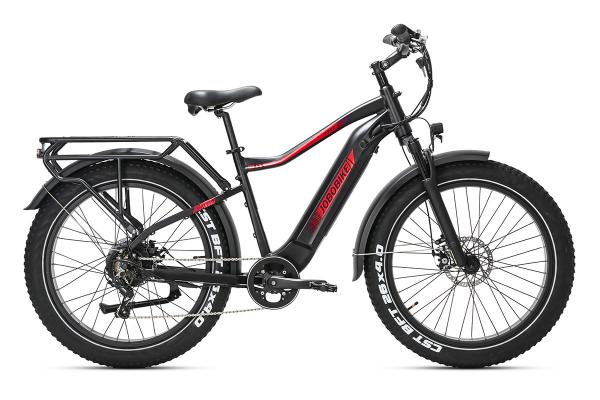
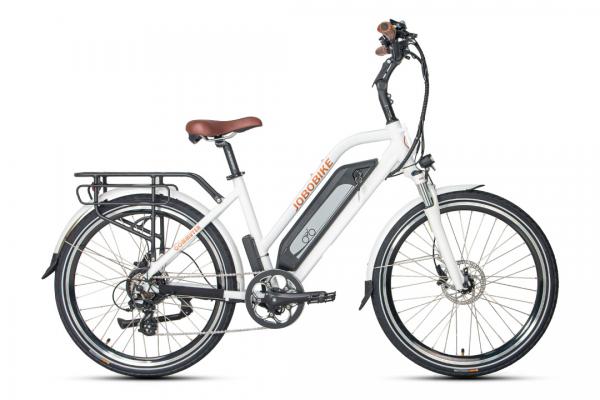
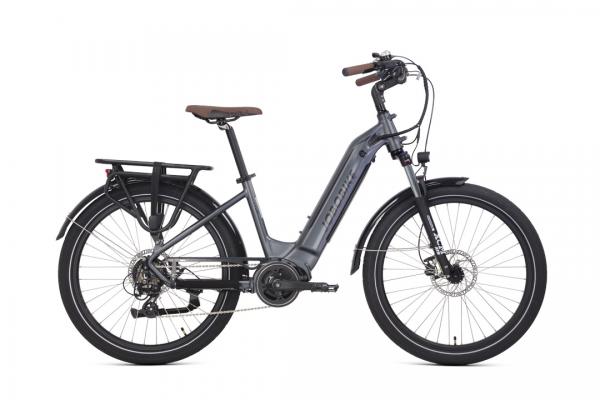
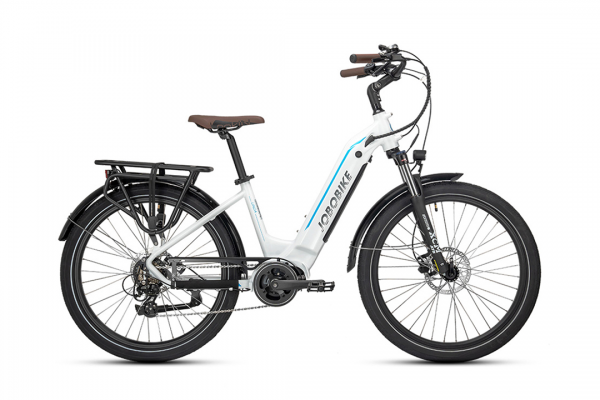
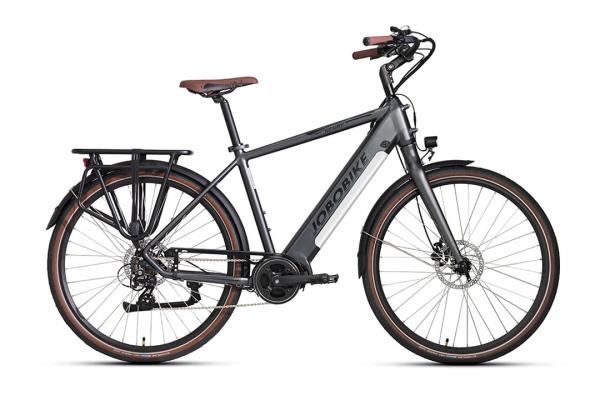
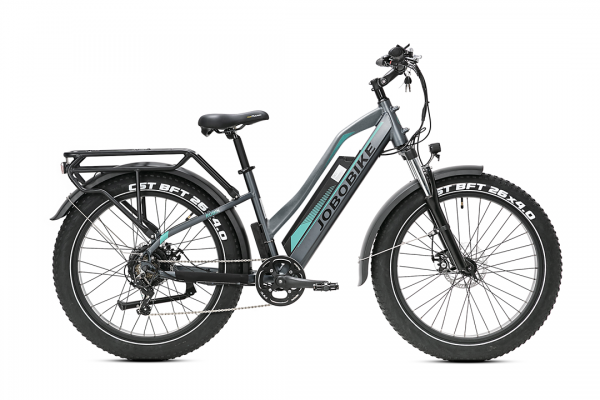
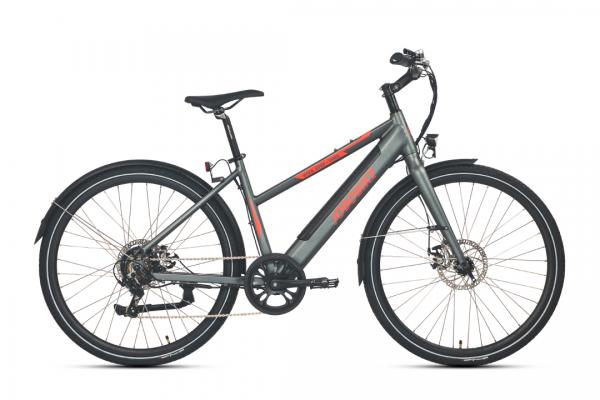
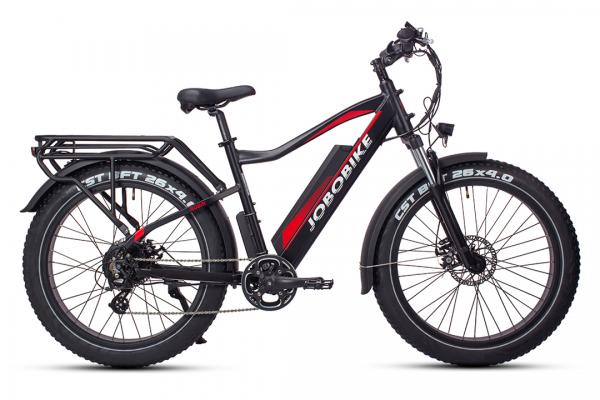
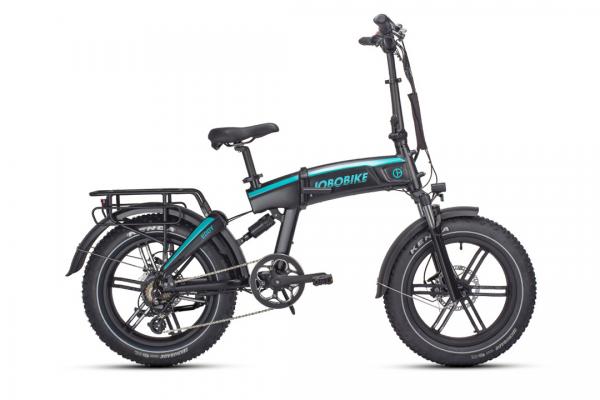
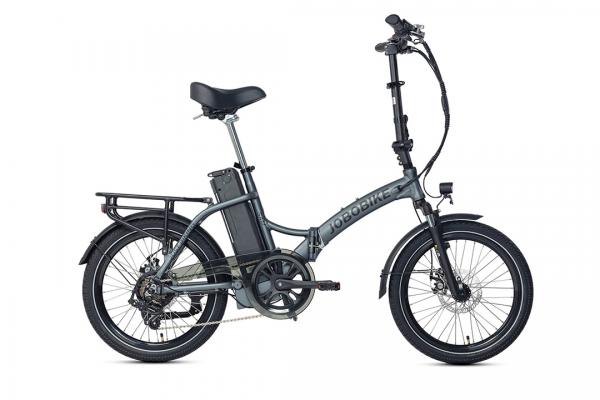
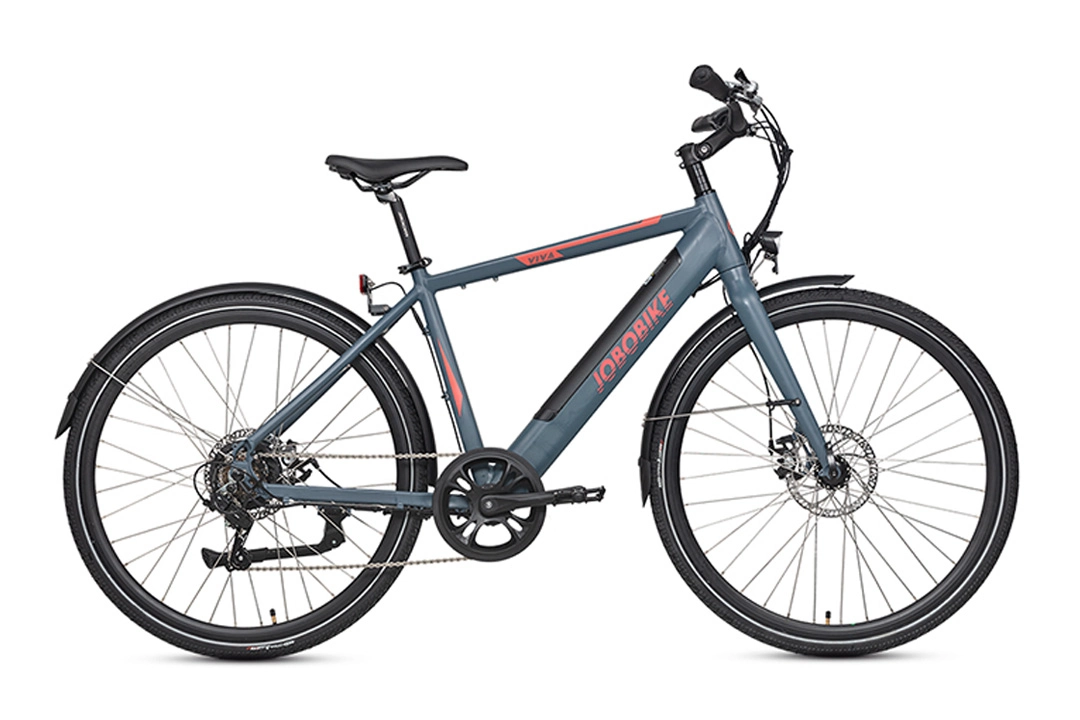
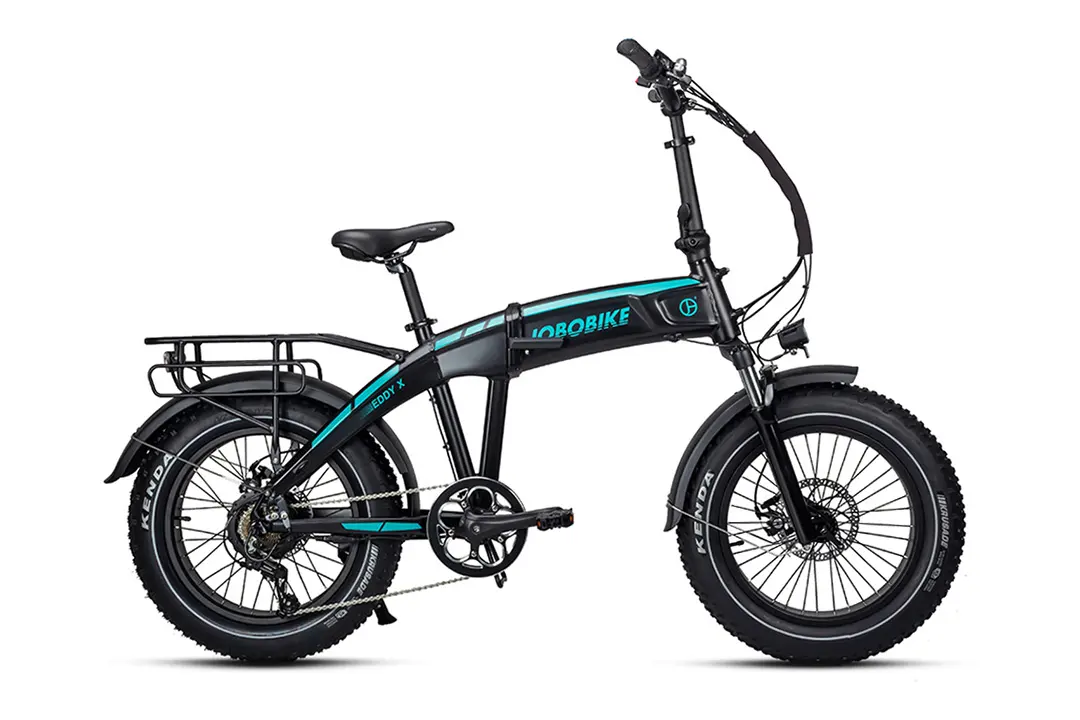
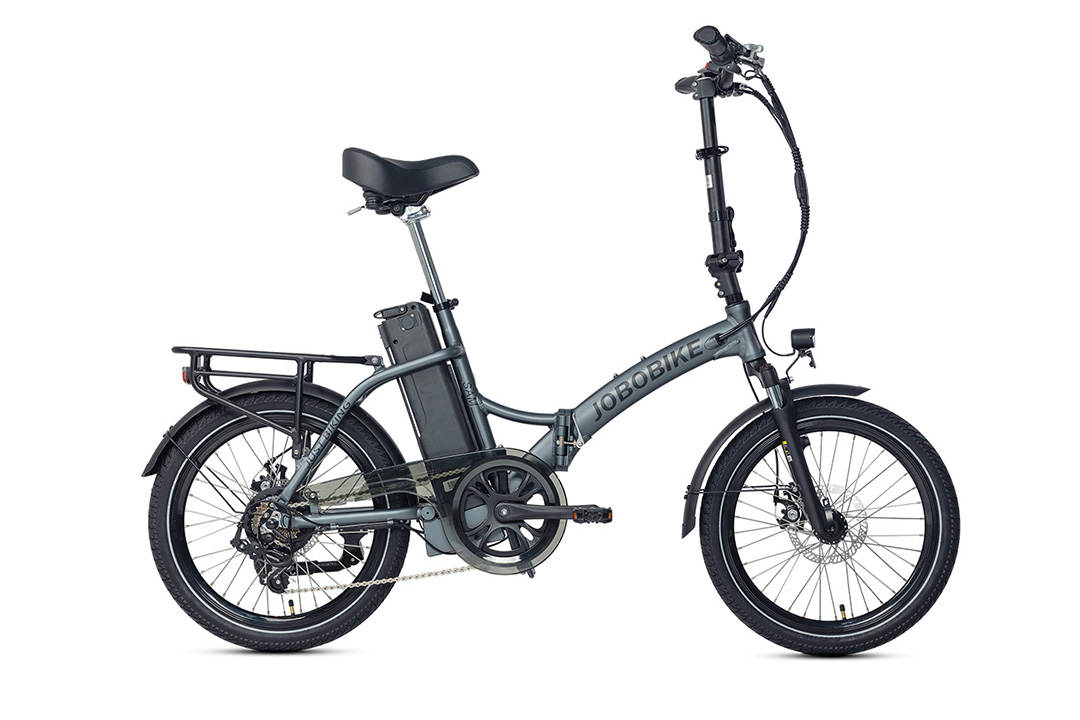 JOBOBIKE Sam
JOBOBIKE Sam 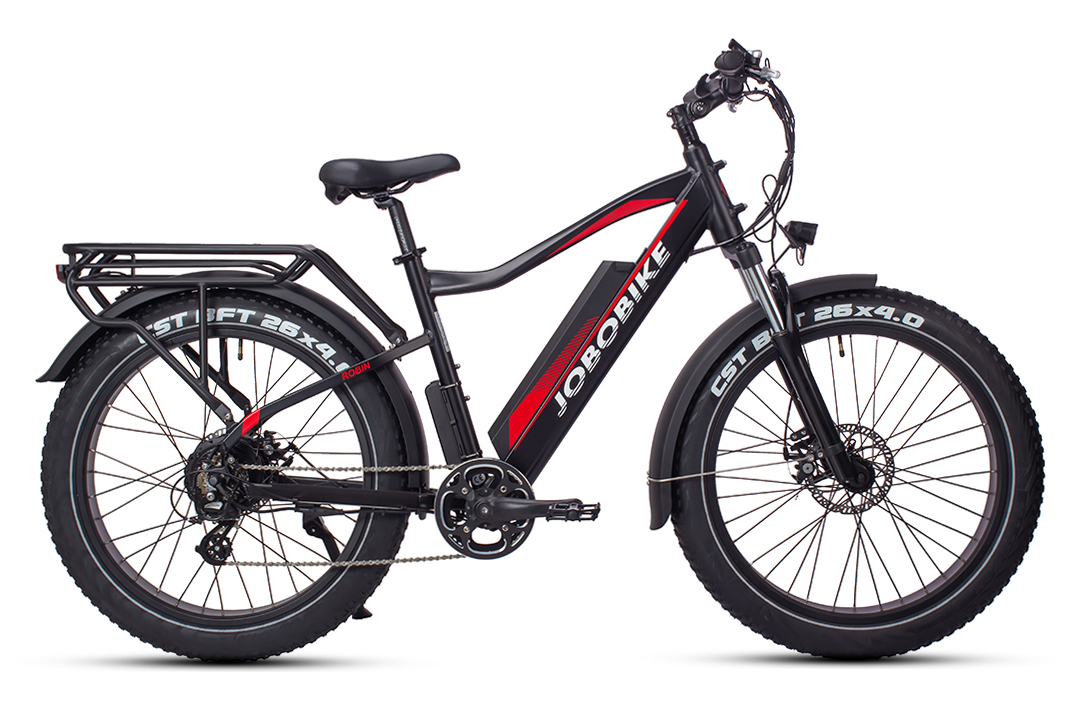 JOBOBIKE Robin
JOBOBIKE Robin 
